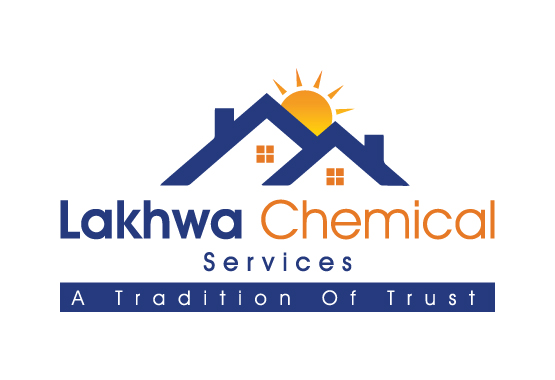Does Aluminum Foil Reflect Heat?
Lightweight, flexible, and easy to transport are some valid reasons to purchase aluminum foil. It is a thin, alloy-reinforced sheet used for various purposes, such as food covering, liquid packaging, heat-reflecting, and more. Statistically, 75% of global aluminum foil is used for packaging, while the remaining 25% is used for industrial applications.
Due to its high reflective nature, aluminum foil is used to restrict heat in buildings and other structures. In addition, it prevents damage from weathering and external contamination like mold and mildew. These foils are non-toxic and corrosion-resistant, aiding in improving the brightness of technical gloss and printed color.
Thermal Properties
Thermal conductivity is the ability of a substance to conduct heat; aluminum is an efficient heat conductor because of its metallic nature. When exposed to heat, aluminum transfers the thermal energy across its surface, making it an excellent choice for various processes. This material transfers no light, including UV.
Read More
How to Prevent Roof from Sun Heat in Pakistan?
How to Find Top Water and Heat Proofing in Karachi?
Types of Roof Heat Proofing in Karachi
Heat Conduction vs. Heat Reflection
Before delving into aluminum foil’s heat-reflecting capabilities, it is essential to distinguish between heat conduction and heat reflection. Heat conduction refers to the transfer of thermal energy through a material, facilitating uniform heat distribution. In contrast, heat reflection involves the process of bouncing back radiant heat energy from the surface.
Reflectivity of Aluminum Foil
To assess the properties of aluminum foil, it’s crucial to understand its reflectivity. This property is measured by its ability to reflect radiant energy, such as light and heat. Reflectivity is quantified by a value between 0 and 1, where 0 indicates total absorption (no reflection), and 1 denotes total reflection (no absorption). The reflectivity of aluminum foil falls somewhere in the middle, making it a fair reflector of radiant heat.
Aluminum, as an effective heat conductor, transfers heat to the surface it comes into contact with. On the other hand, it exhibits exceptional heat reflecting properties owing to its unique characteristics. As a metal with high thermal conductivity, its smooth texture enhances its reflective capabilities, making it a feasible choice for different applications.
In addition to conducting heat, aluminum offers low emissivity. This combination propels its versatility and use as protective coatings. From spacecraft to household items, aluminum is a staple item for every user.
Shiny and Dull Sides
One common misconception about aluminum foil is the difference in heat reflectivity, i.e., people think that one side is more reflective than the other. Aluminum foil usually has one shiny side and one dull side, which results from the manufacturing process. However, both sides have very similar heat-reflecting properties. The difference in appearance is merely due to the way the foil is processed and does not affect its overall performance in terms of heat reflection.
Read More
Benefits of Knowing the Price of Heat Proofing Chemicals in Karachi
A Quick Guide for Roof Leakage Treatment in Pakistan
What Difference Does Roof Heat Proofing Make in Islamabad in Your Home?
Practical Applications
Although aluminum foil may not be the most efficient heat reflector, it still finds some practical applications where heat reflection is advantageous. For instance:
Insulation: Aluminum foil is sometimes used as a component in insulation materials to reduce radiant heat transfer. It can act as a barrier to block or reflect radiant heat, helping to maintain a stable indoor temperature.
Grilling and Barbecuing: When used to wrap food on the grill or in the oven, aluminum foil can help trap and retain heat, ensuring thorough and even cooking of the food.
Conclusion
While aluminum foil does have some heat-reflecting capabilities, its primary purpose is as an excellent heat conductor. The ability of aluminum foil to conduct heat efficiently makes it a valuable tool in cooking, baking, and food preservation. The reflective properties, though present, play a secondary role in retaining heat and preventing heat loss. While aluminum foil may not be the most powerful heat reflector, its versatility and affordability make it a practical choice for various household and commercial applications.
Contact Lakhwa Chemical Services for an appointment!




Leave a Reply
Want to join the discussion?Feel free to contribute!